When we see common goldeneye they are normally on our salt ponds or in the Sound, where they mostly spend the winter. But it is not winter and they are starting to migrate northward to their breeding grounds, which are ponds, lakes, rivers and other wetlands in the boreal forests of northern Canada and Alaska. So it is no surprise that occasional goldeneyes end up in small ponds at this time of the year.
Mariah Ben David found a common goldeneye “diving away in a small freshwater pond off North Road” on April 4. An immature male Barrow’s goldeneye stayed in the small pond at the state forest headquarters pond in April 2020; ponds do not get much smaller than that one.
The most unusual sighting of the week is Matt Pelikan’s Mississippi kite flying east and north over Island Alpaca on the morning of April 9. These gray and black birds could easily be missed as it flew by, confused with a more common hawk or falcon because of their pointed wings and graceful flight. It takes an experienced eye to realize that it is different.
At the other end of the size spectrum is the bright yellow and black adult male hooded warbler spotted at the Gay Head Cliffs on April 9. Nancy Nordin was with a friend who was birding for the first time ever, and Nancy writes, “while I was focused on sparrows trying to sort them out, he asked ‘what’s that yellow bird?” Sometimes it pays to be a novice birder who looks around at everything rather than fussing over sparrow identification!
Bob Shriber saw this bird again on April 10 near the Vanderhoop homestead at the Gay Head Cliffs. We do not find them often, especially in the spring.
Even smaller than the warbler is a blue-gray gnatcatcher. Merlin, a free bird identification app from the Cornell Laboratory of Ornithology, listens to the birds and then provides a possible identification of all the songs it detects. Holly Mercier used the app on April 9 while she was fishing via kayak in Wintucket Cove; it detected a singing blue gray gnatcatcher. Nancy Nordin also used the Merlin app, and another singing gray-blue gnatcatcher was identified at the Vanderhoop homestead on April 9. Neither bird was ever seen, but the prevalence of gnatcatcher reports with photographs suggests that both birds were there; birds that would have been missed without the app!
There were two other new species for the year that were seen this week.
Scott Stephens found a white-eyed vireo on the Vineyard Haven side of the head of the Lagoon on April 6. That seems unusually early although their northward migration starts in early April according to records from past years. The Martha’s Vineyard Bird Club visited the Hoft Farm on April 8; Rich Couse, Lanny McDowell and eight other observers spotted two northern rough-winged swallows on their northward migration. Among the other species they found were 14 tree swallows, four ring-necked ducks, six bufflehead, three eastern phoebes, one golden-crowned kinglet, one brown creeper and two eastern bluebirds.
Lanny McDowell spotted two white-crowned sparrows in Katama alongside Herring Creek Road on April 4. This species is uncommon though there one was seen near Eel Pond in February. On April 9 Lisa Maxfield reports a brown thrasher near Brush Pond. While they are more expected than the species reported above, they are not very common across the Island in any season.
Most spectacular are the reports of northern gannets across the Island. Matt Born reports three gannets on April 4 off the Gay Head Cliffs. Tim Johnson found them twice: once in the ocean off Katama on April 3 and then also off State Beach on April 5. Mike Zoll also reports seeing the State Beach birds that day. The next day John Nelson reported more than 100 gannets diving on alewife east of the Big Bridge, while Samuel Scarfone observed 24 gannets off Harthaven and Christina Steinbock-Malfer reported lots of gannets from Quansoo that day. On April 7 Samuel Scarfone found 150 off Norton Point Beach. Chris Scott noted 30 gannets from Squibnocket Beach on April 8.
Now for the amazing reports, which coincides with a large influx of herring, one of the main fish in the gannets’ diet at this time of the year. The numbers of them off State Beach exploded. On April 7 John Murray reports large numbers of northern gannets plunge-diving off State Beach; Lindsay Allison and Janie Flanders estimate there were thousands there on April 8, the same day that Lisa Maxfield says that the flock off nearby Fuller Street Beach in Edgartown was at least one mile long.
East Beach was not to be outdone. Lanny McDowell reports that a friend found large numbers of gannets in Cape Pogue Bay on April 6. The next day Mike Thompson found thousands of them (and dozens of seals) eating herring off East Beach. The most spectacular aspect of these Chappaquiddick sightings is that all the birds were plunge-diving close to shore, enabling incredible close-up views of these birds with six-foot wingspans!
There is little action on the shorebird front. The most notable sighting is Chris Scott’s April 4 sighting of three purple sandpipers at the Big Bridge; this species is more typically up-Island along the boulder-strewn shorelines of Chilmark and Aquinnah.
In other shorebird news, many of our beach-nesting American oystercatchers are on nests or will be shortly. Piping plovers are somewhat behind that schedule but will soon be on nests. It is important to protect these nests as if they are successful, their young will fledge by the July Fourth holiday. Greater yellowlegs are passing through on their way north and will be through May, but there is only one record for April so far: Lisa Maxfield spotted one at Brush Pond on April 9. Other winter resident shorebirds include dunlin, sanderlings and a few black-bellied plovers.
White-throated sparrows are just starting their northward migration and are still abundant across the Island, with sightings from 10 different locations from Aquinnah to Edgartown. The adults have left my Vineyard Haven feeder, but the first-year birds — just now completing their molt into their breeding plumage — are still around with at least three of them coming to my feeder daily.
Please email your sightings to birds@vineyardgazette.com.
Robert Culbert is an ecological consultant with Nature Watch LLC, living in Vineyard Haven.

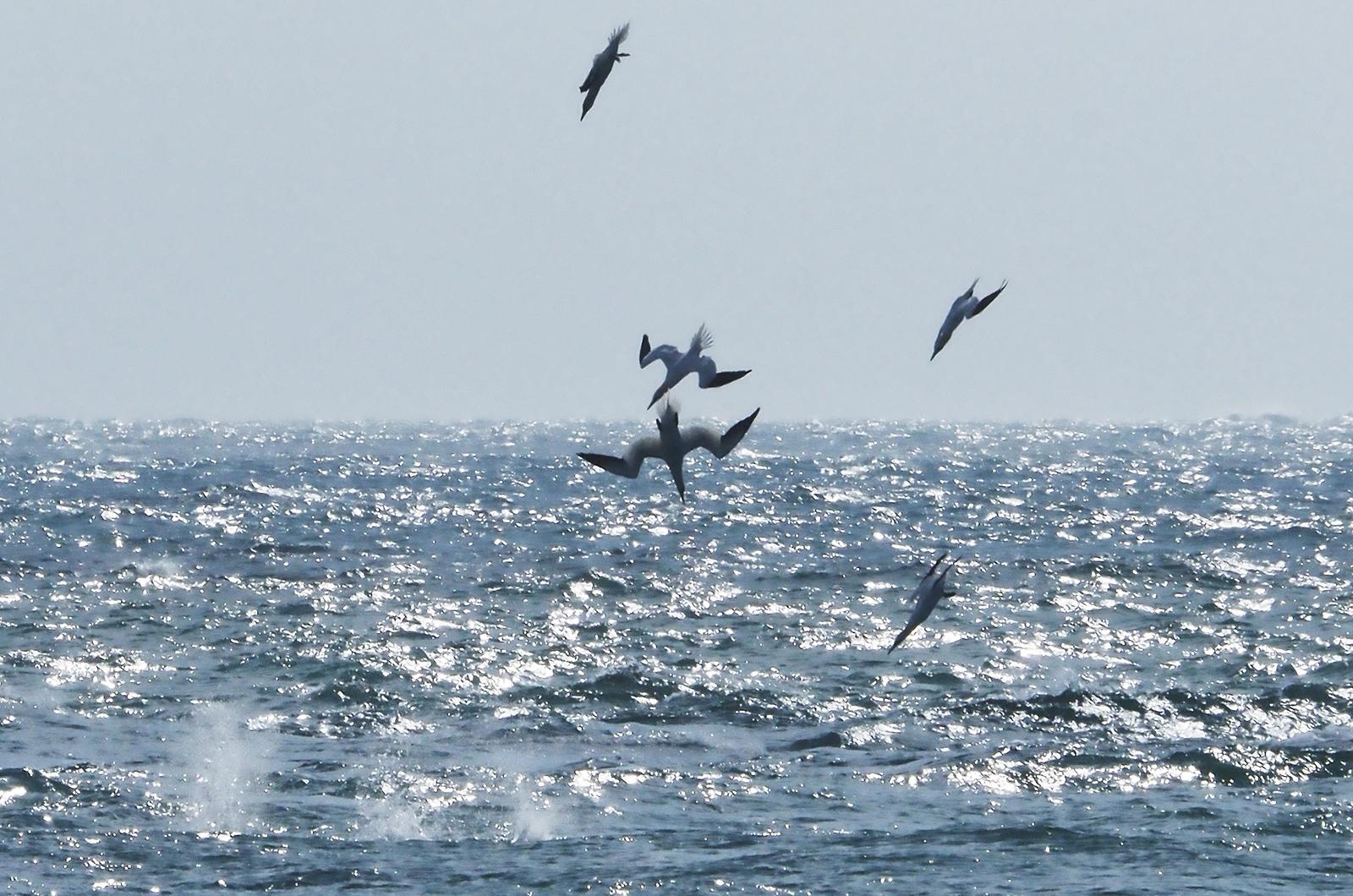
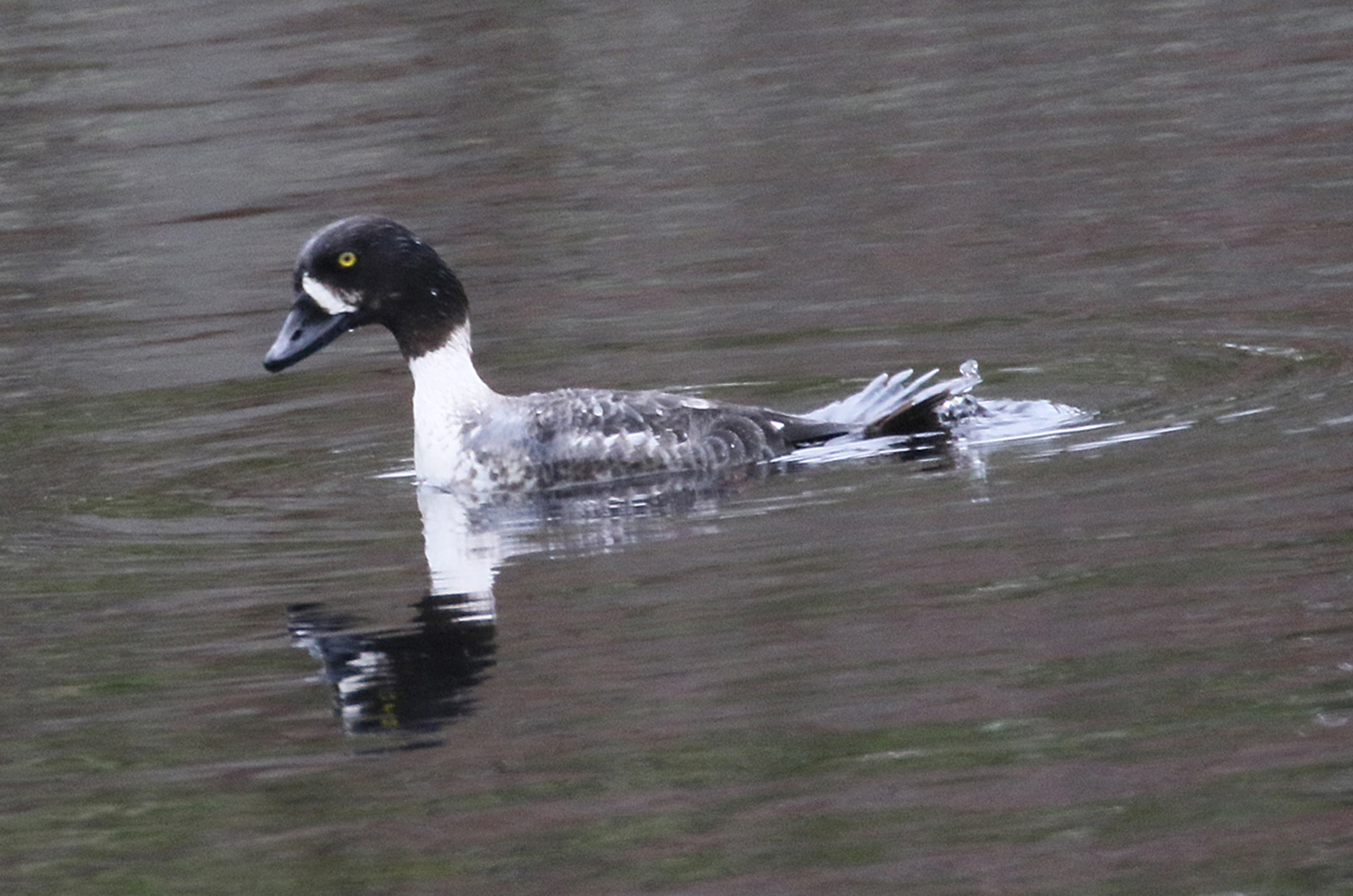
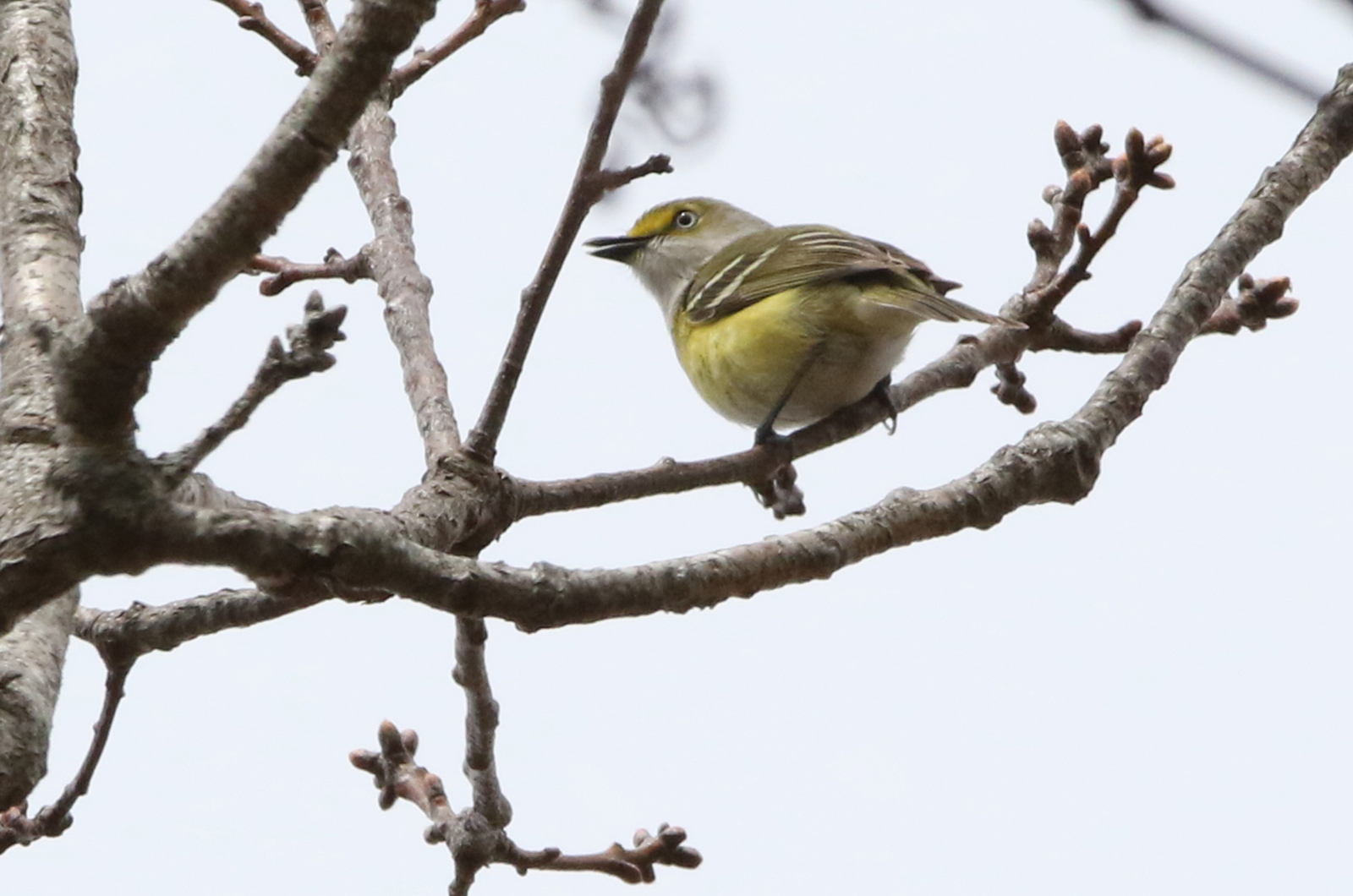
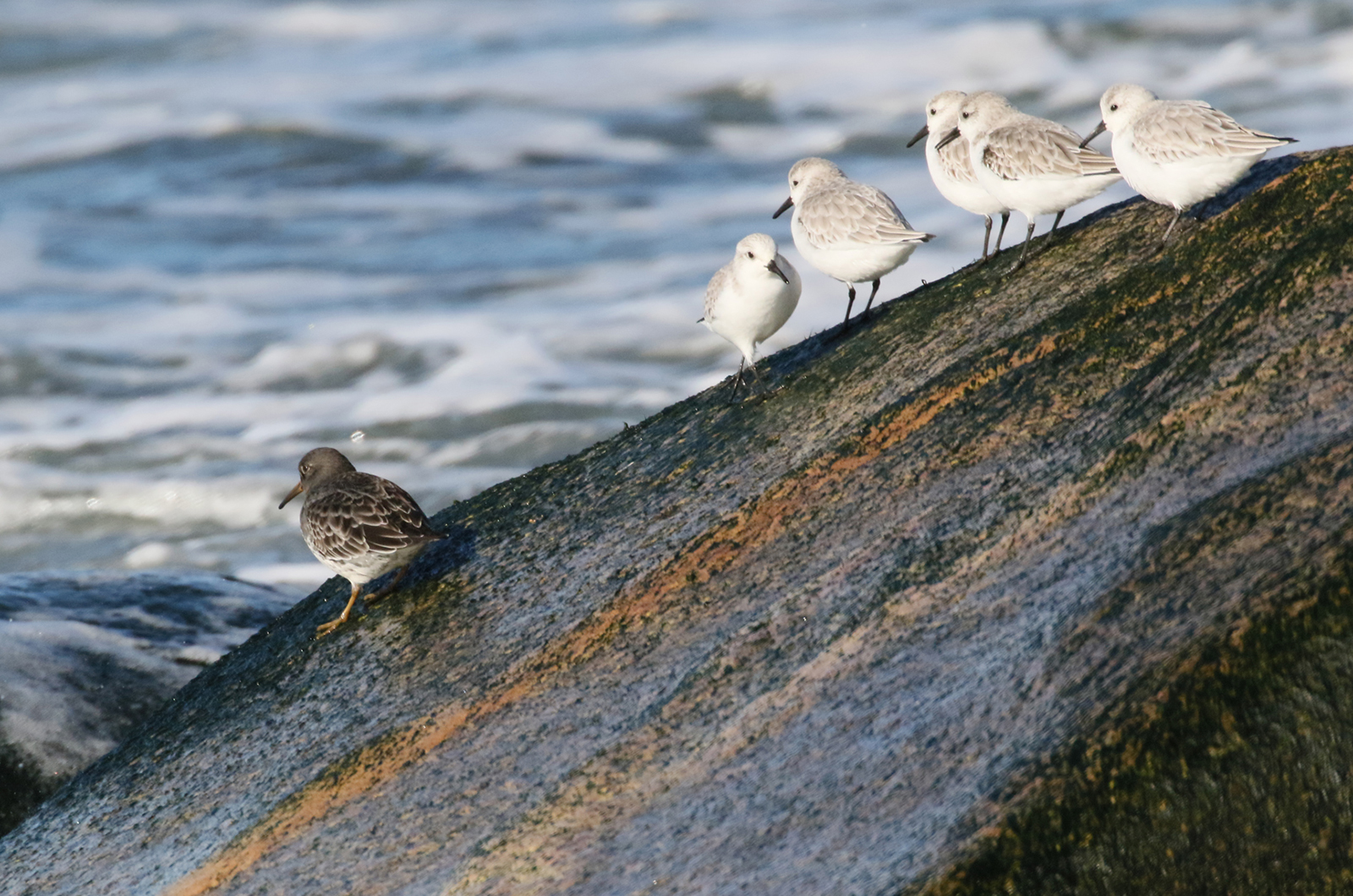
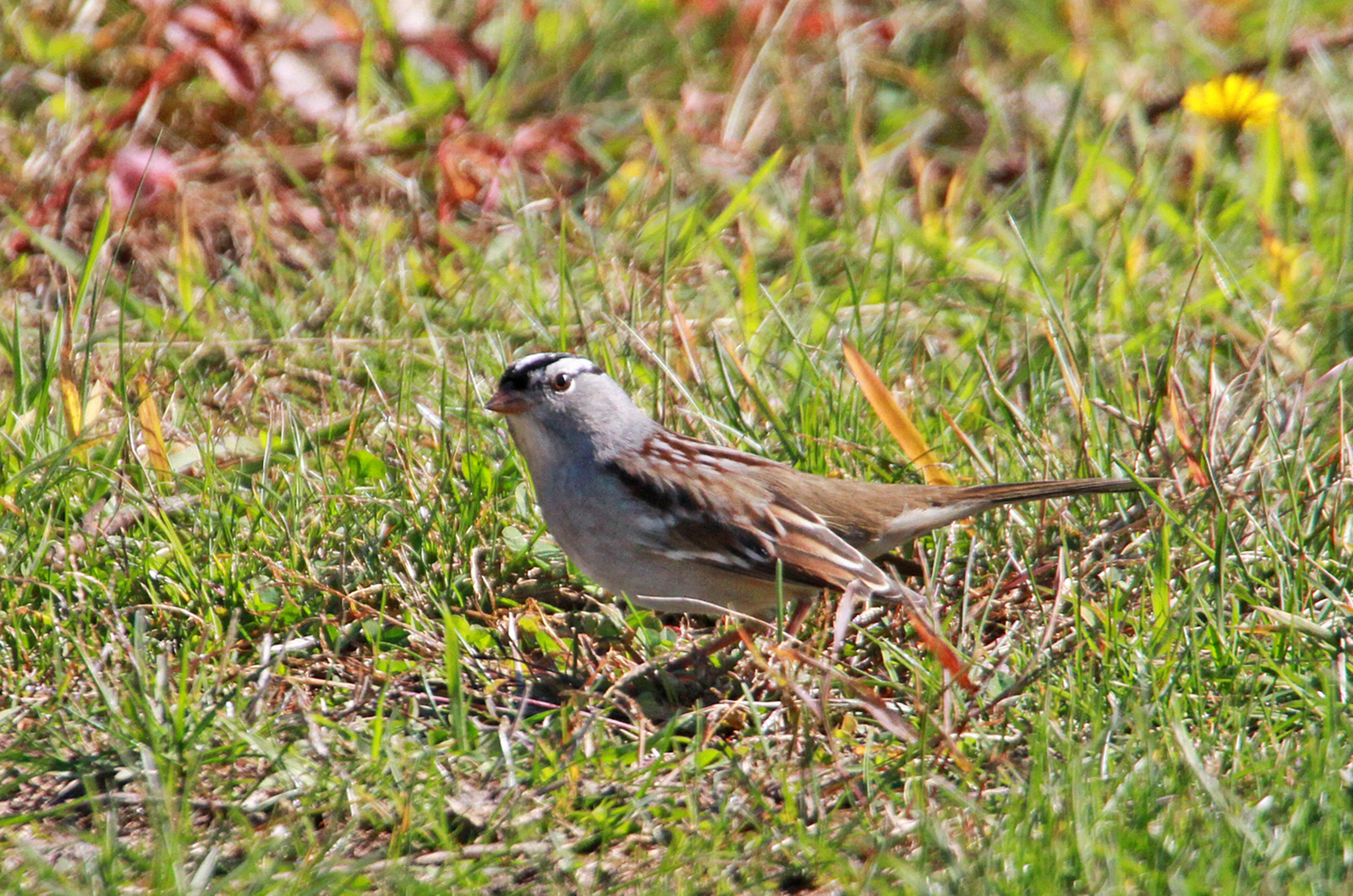
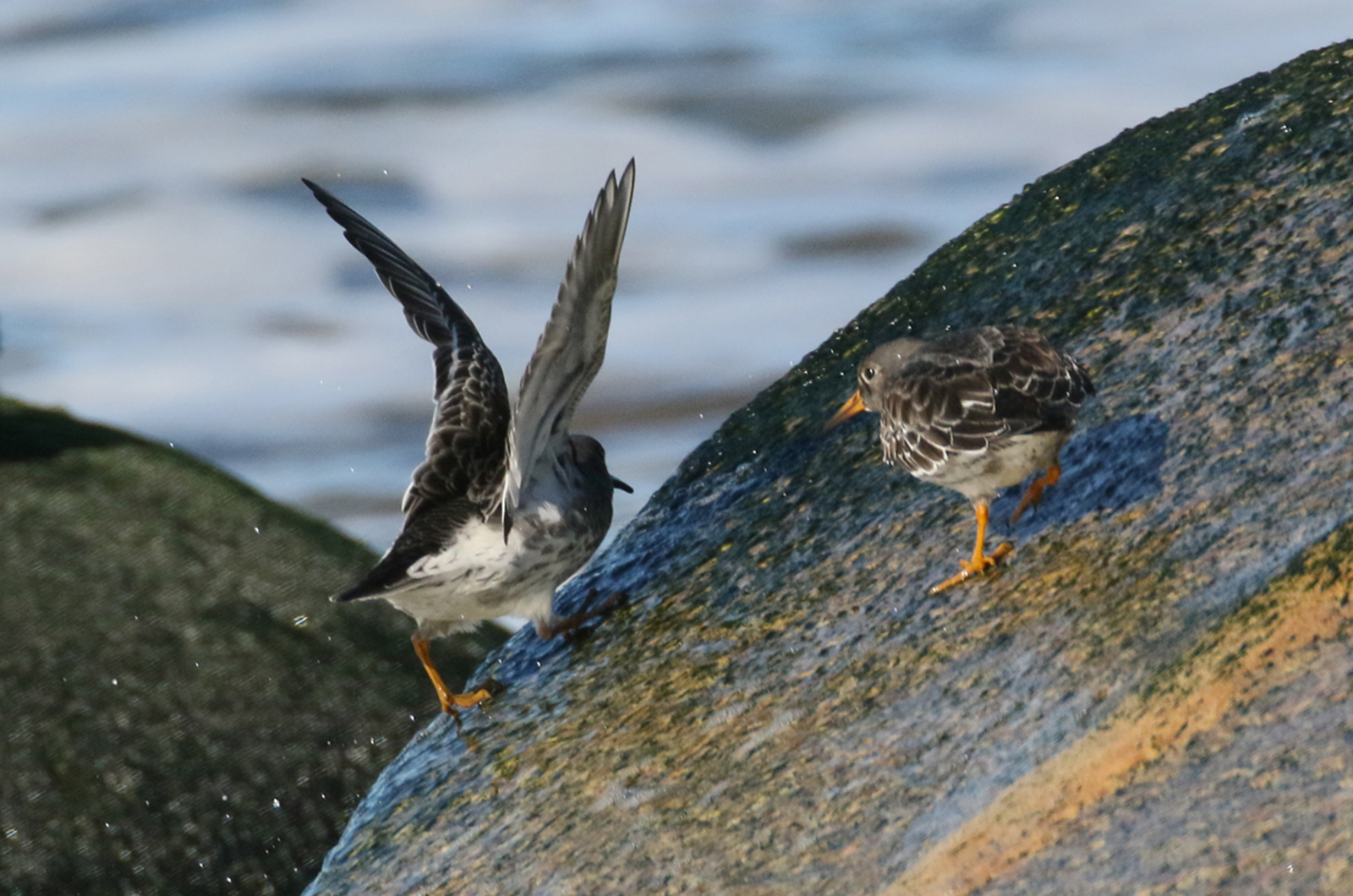
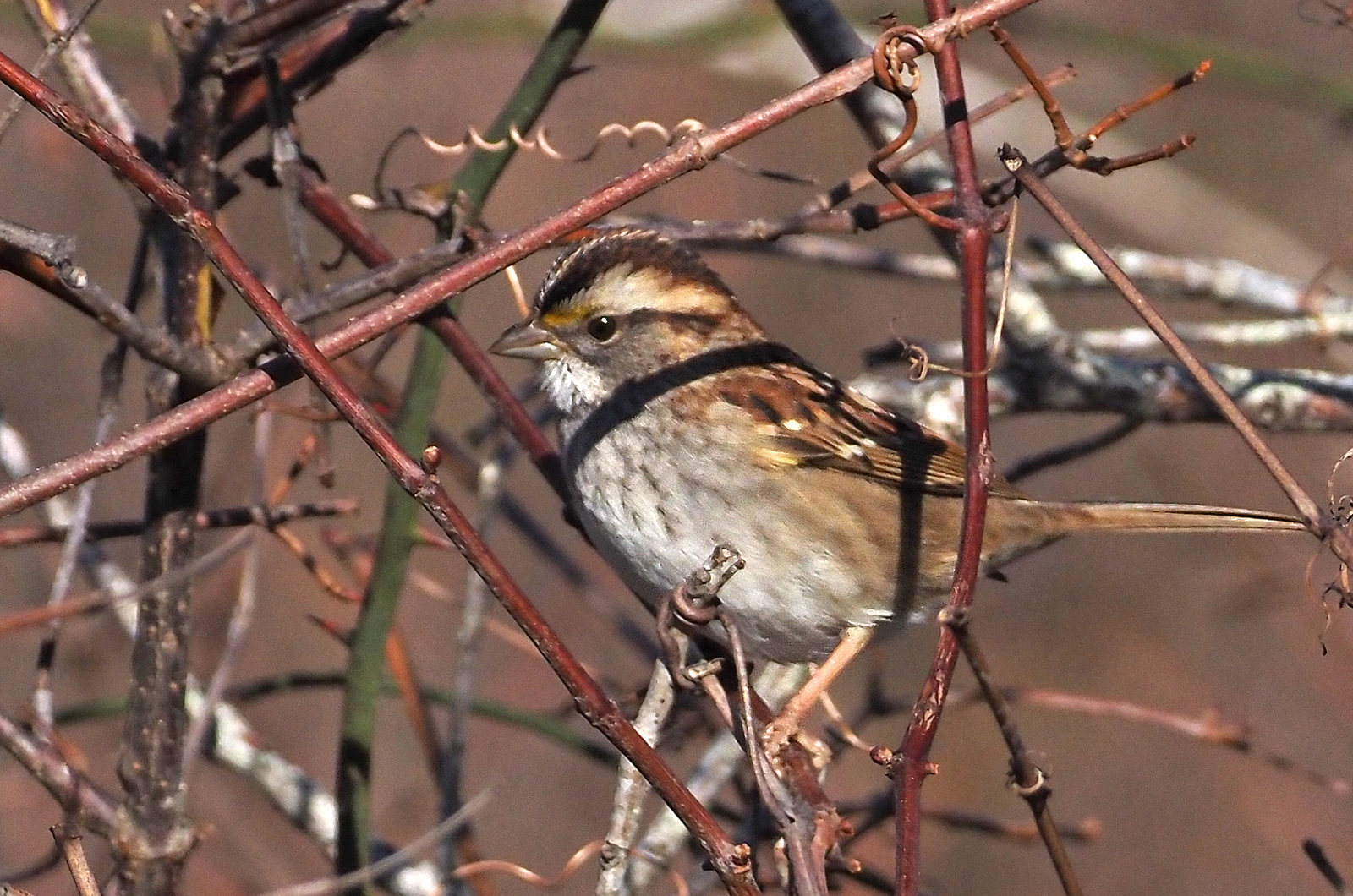


Comments
Comment policy »